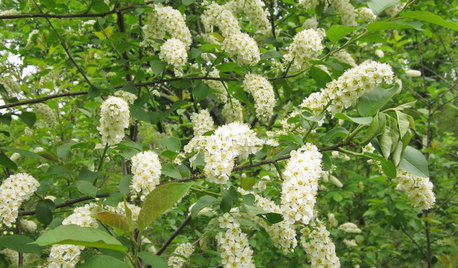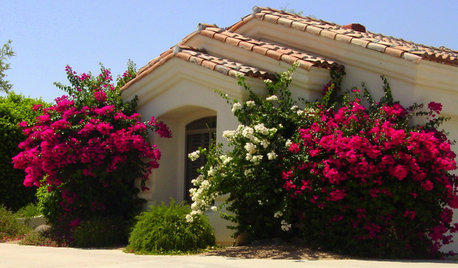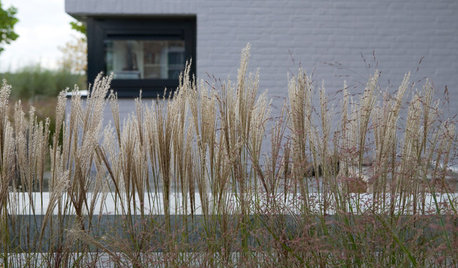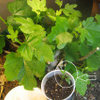size of thorns on a Kaffir Lime Tree
luvrhome
10 years ago
Related Stories

EDIBLE GARDENSHow to Grow 10 Favorite Fruit Trees at Home
Plant a mini orchard in fall, winter or early spring to enjoy fresh-off-the-tree fruit the following year
Full Story
FALL GARDENING11 Trees for Brilliant Fall Color
Give your landscape the quintessential look of autumn with the red, orange and yellow leaves of these standouts
Full Story
EDIBLE GARDENSWhy Grow Quince? For Beauty, Fragrance and Old-Time Flavor
Delightfully perfumed fruit and lovely spring blossoms make this apple and pear cousin worth a spot in the garden
Full Story
TREESNative Plant Alternatives to Invasive Common Buckthorn
Learn how to identify and control this aggressive plant, and what to grow in its place
Full Story
PLANTING IDEASGreat Garden Combo: 9 Plants for an Intriguing Entrance
Layer trees, flowers and shrubs around an archway to create the feeling of a year-round doorway to adventure
Full Story
GARDENING GUIDESYes, You Can Grow an Edible Garden on a Hot, Dry Site
Difficult garden spots don’t need to deter you from planting trees, herbs and other delicious food plants
Full Story
HOUZZ TOURSMy Houzz: Color This Utah Home Terrific
Candy-colored walls lit up by sunlight and a streamlined, open layout make a family’s new house one of a kind
Full Story
GARDENING GUIDES8 Native Shrubs for Year-Round Bird Feeding
It’s not just about berries. These plants provide insects for birds and seasonal interest for gardeners
Full Story
LANDSCAPE DESIGNGreat Design Plant: Sun-Loving Bougainvillea Showers Yards With Color
Bring unbeatable vibrancy to a garden or wall with this unfussy and trainable shrub packed with colorful bracts
Full Story
LANDSCAPE DESIGNConsider a Plant as Living Sculpture
If traditional garden art isn’t really your thing, plant living art instead
Full Story






farm96744
luvrhomeOriginal Author
Related Professionals
Hershey Landscape Architects & Landscape Designers · Rancho Palos Verdes Landscape Architects & Landscape Designers · Biloxi Landscape Contractors · Bridgeport Landscape Contractors · Fort Mill Landscape Contractors · Middle River Landscape Contractors · Oklahoma City Landscape Contractors · Paterson Landscape Contractors · The Villages Landscape Contractors · Wickliffe Landscape Contractors · Oxon Hill Landscape Contractors · Jericho Stone, Pavers & Concrete · Melvindale Stone, Pavers & Concrete · Norco Stone, Pavers & Concrete · Centerville Stone, Pavers & Concretefarm96744
luvrhomeOriginal Author
winsorw
BarbJP 15-16/9B CA Bay Area
Dar Sunset Zone 18
Febli Aquamerin